Which Nd Filter Should I Use?
Neutral Density (ND) filters play a crucial role in photography, particularly for landscape and portrait photographers aiming to control exposure and achieve creative effects. If you're contemplating which ND filter suits your specific needs, you are not alone. Many photographers grapple with choosing the right ND filter because of the vast array of options available in terms of strength and types. In this article, we will explore different use cases for ND filters, explain the nuances between various ND filter strengths, and guide you toward making an informed decision.
Understanding Neutral Density Filters
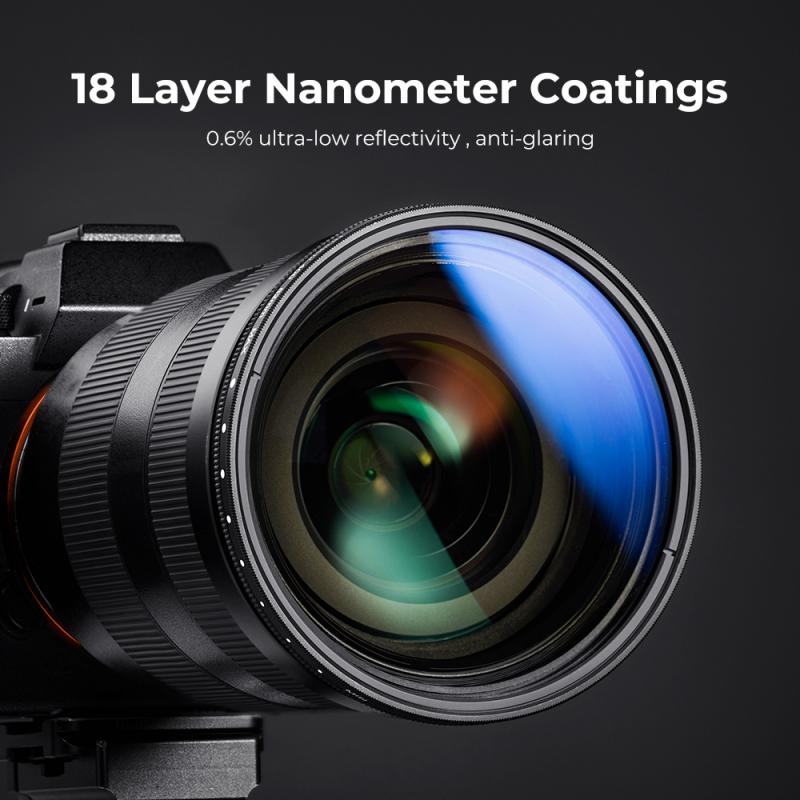
Neutral Density filters reduce the amount of light entering your camera lens without affecting the color balance. By doing so, they allow you to use slower shutter speeds or larger apertures even in bright lighting conditions. This can be particularly beneficial for creating motion blur in water, clouds, or other moving elements, and for achieving a shallow depth of field in bright light.
Types of ND Filters
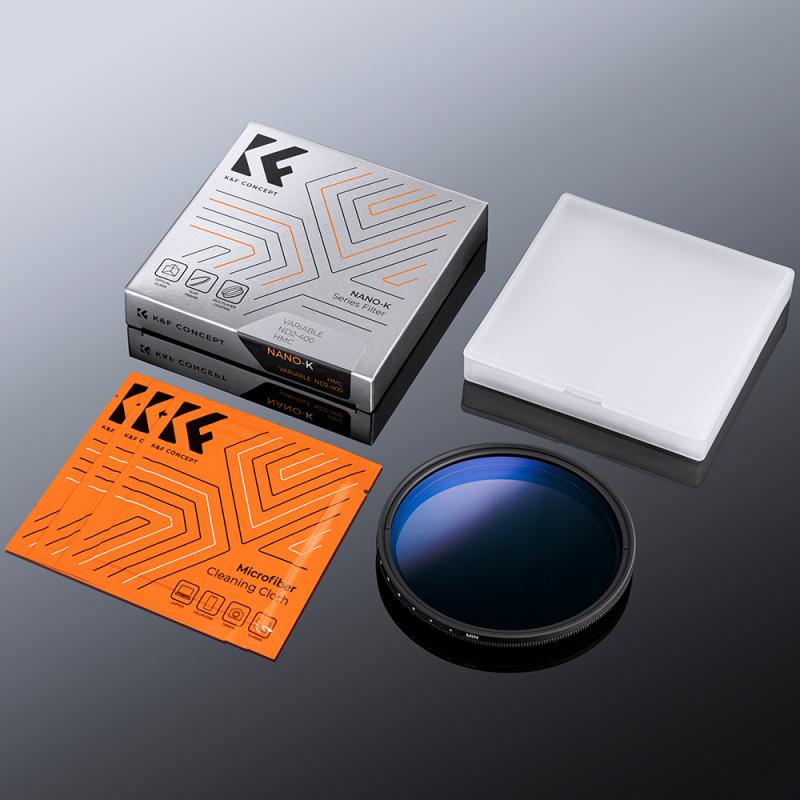
ND filters come in various types based on how they are mounted and their strength—each serving different photographic needs:
1. Fixed ND Filters: These have a set light reduction value and are available in multiple strengths like ND2, ND4, ND8, etc.
2. Variable ND Filters: These allow you to adjust the light reduction by rotating the filter, giving you a range of ND values within a single filter.
3. Graduated ND Filters: These are partly clear and partly dark, useful for scenes with significant differences in light between the sky and the ground.
Deciphering ND Filter Strengths
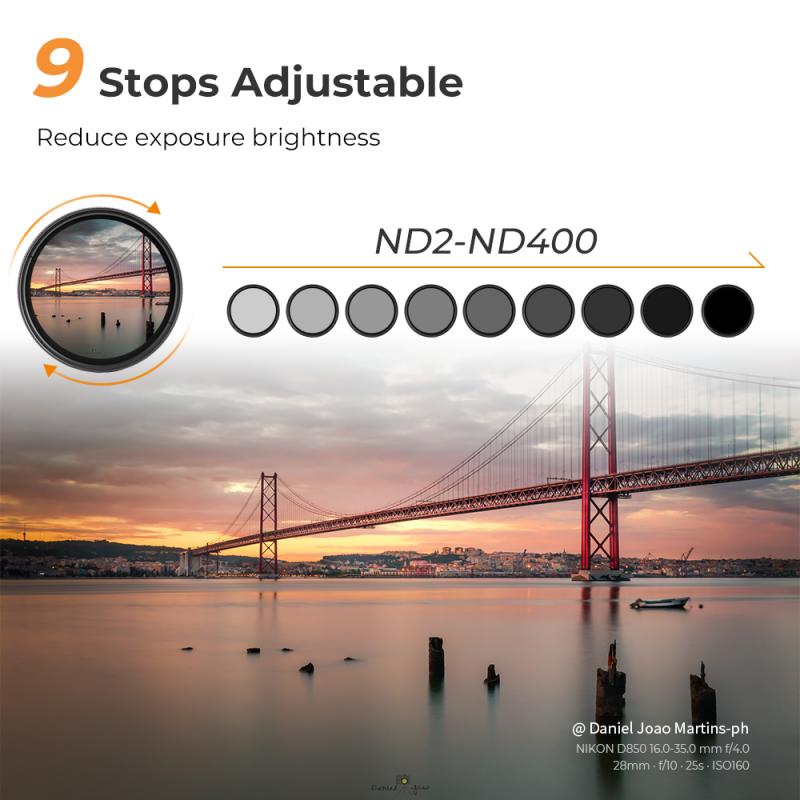
The numbers associated with ND filters (e.g., ND2, ND4, ND8, etc.) indicate the filter's light-reducing capability. The higher the number, the more light it cuts out. Here's a quick guide to understanding these strengths:
- ND2 (0.3) - 1 Stop Reduction: Useful for minimally reducing the light, allowing slight reduction in shutter speed or aperture.
- ND4 (0.6) - 2 Stops Reduction: Suitable for mildly reducing light, making it possible to use wider apertures for portrait work in bright light.
- ND8 (0.9) - 3 Stops Reduction: A common choice for landscape photographers to enhance motion blur in water or clouds.
- ND16 (1.2) - 4 Stops Reduction: Ideal for significantly reducing light, great for capturing motion or using wider apertures during mid-day.
- ND64 (1.8) and ND1000 (3.0) - Heavy Reductions: Best for extreme light blocking, enabling long-exposure photography during daylight.
Practical Scenarios and Choices
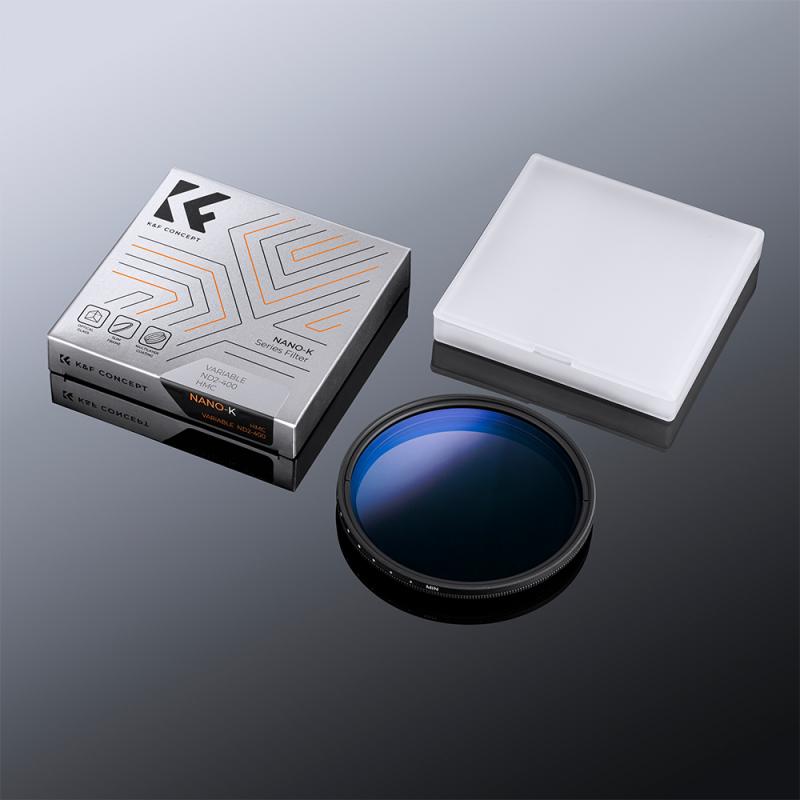
Landscape Photography
Landscape photography often demands the usage of ND filters to manage exposure and enhance elements like flowing water, moving clouds, or desperate lighting scenarios. For most landscape needs:
- ND8 to ND16 filters are quite effective. They allow for sufficient reduction in light to employ slower shutter speeds, rendering beautiful motion blurs in waterfall shots and ocean waves.
- ND64 or stronger filters are ideal when you want extreme long exposure effects, such as transforming moving clouds into a surreal blur, even in bright daylight.
Portrait Photography
In portrait photography, particularly in bright conditions, ND filters are used to maintain control over depth of field without overexposing the image.
- ND2 or ND4 filters are generally sufficient as they enable the use of wide apertures (e.g., f/1.8, f/2.8) to create a soft background bokeh while keeping the subject sharp.
- For studio settings with controlled lighting, ND4 to ND8 might be necessary if using wider apertures to emphasize a soft, blurred background.
Astrophotography
Astrophotography may also require ND filters, particularly graduated ND filters that can assist in balancing the dark skies with the lighter foreground elements.
- A Graduated ND filter with a soft transition can help maintain details in both the sky and the landscape, ensuring overall balanced exposure.
Cinematography
For cinematic applications such as video shooting, variable ND filters are incredibly useful due to their flexibility:
- Variable ND filters (e.g., ND2-ND400) provide a wide range of light reductions in a single piece, ideal for controlling exposure while maintaining a consistent aperture and shutter speed, essential in video production for maintaining frame rate and motion blur.
Choosing the Right Tool
Given the diverse nature of photography needs, selecting the appropriate ND filter involves evaluating your specific shooting scenarios and understanding the following:
1. Evaluate Your Typical Shooting Environments: Identify the common lighting conditions you frequently work in—bright daylight, sunset, indoors, etc.
2. Consider Your Creative Goals: Determine whether you aim for motion blur, shallow depth of field, or balanced exposure across the frame.
3. Versatility vs. Specialization: Decide between getting a versatile variable ND filter for dynamic environments or specialized fixed/graduated ND filters for more controlled, specific needs.
The Crux of the Decision
While ND filters can significantly improve the quality and artistic value of your photographs, your choice should be driven by a balance between the intended effect, the quality of the filter, and practical considerations such as portability and ease of use. High-quality ND filters from reputable brands like B+W, Hoya, and Tiffen provide excellent optical clarity and minimal color cast, ensuring your creative work isn't compromised by the tool itself.
By thoroughly assessing your needs and the environments you typically shoot in, you can better decide which ND filter or set of filters will be the best addition to your photography kit. Whether you’re a landscape enthusiast, a portrait artist, an astrophotographer, or a videographer, the right ND filter can profoundly elevate your craft, transforming ordinary shots into extraordinary works of art.


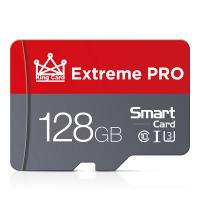
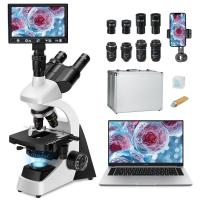
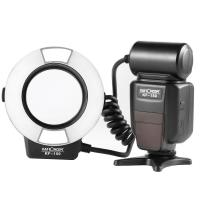

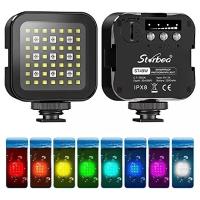
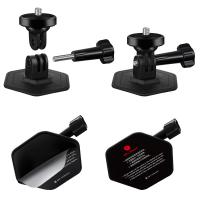
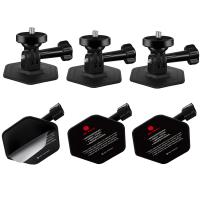




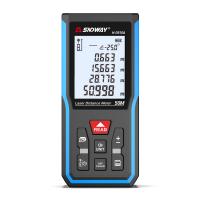


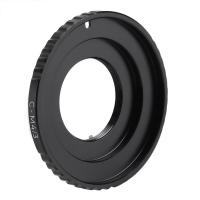

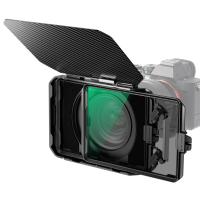


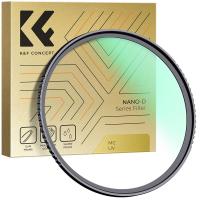
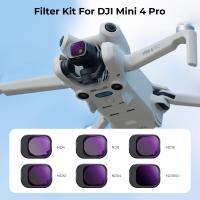




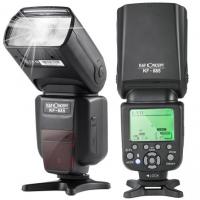
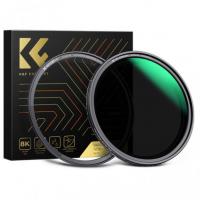





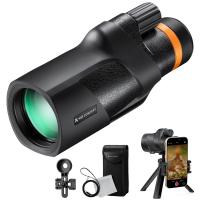
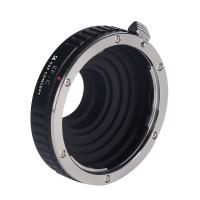
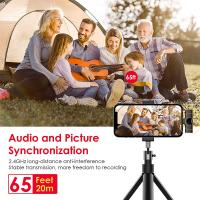

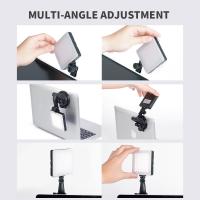

There are no comments for this blog.